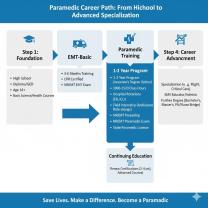What is the Naranjo algorithm?
The Naranjo algorithm, also known as the Naranjo Adverse Drug Reaction Probability Scale, is a widely used tool in pharmacovigilance and clinical research to assess the probability or likelihood that an observed adverse event or reaction is caused by a specific drug or medication. It was developed by Dr. César Naranjo and first published in 1981.
The Naranjo algorithm assigns a numerical score to various factors related to the adverse event, and based on the total score, it categorizes the likelihood of the adverse event being drug-induced into one of the following categories:
Definite: A score of 9 or more indicates a "definite" likelihood that the adverse event is caused by the drug. This means there is strong evidence to suggest a causal relationship.
Probable: A score of 5 to 8 indicates a "probable" likelihood that the adverse event is due to the drug. This suggests a fairly strong possibility of a causal relationship.
Possible: A score of 1 to 4 suggests a "possible" likelihood that the adverse event is related to the drug. This means there is some evidence, but it is not strong, supporting a causal link.
Doubtful: A score of 0 or less indicates a "doubtful" likelihood that the adverse event is drug-induced. In this category, there is little to no evidence supporting a causal relationship.
The Naranjo algorithm considers various factors and questions, including the temporal relationship between drug administration and the adverse event, whether the adverse event improved upon drug withdrawal, the presence of alternative causes, and whether the adverse event reappeared upon rechallenge with the drug, among others. Each factor is assigned a score, and the total score is used to categorize the likelihood of causality.
It's important to note that the Naranjo algorithm is just one tool in the assessment of adverse drug reactions. Healthcare professionals use it in conjunction with clinical judgment, patient history, and other available information to make informed decisions about drug safety and the management of adverse events.
The Naranjo algorithm is a valuable tool in pharmacovigilance for identifying potential adverse drug reactions and assessing the likelihood of causality. However, it is not a definitive diagnostic tool and should be used as part of a comprehensive evaluation of adverse events associated with drug use.













